Good Easy to Use Photo Editing Software
The best photo editing software in 2022: get organized, get inspired, get creative!
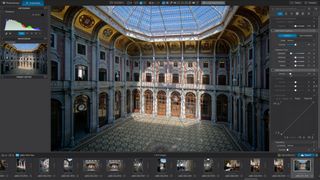
The best photo editing software is not going to be the same for everyone, and don't assume that the most expensive software is always the best. It all depends on what you need. Some photographers need a powerful organizing tool, some need one-click creative effects and inspiration, some need the kind of technical quality that only the best RAW processing can provide. And some, of course, need the detailed retouching and powerful compositing tools of a traditional photo editor.
Photo-editing software has undergone a transformation every bit as dramatic as digital cameras. In many programs now you can edit raw files alongside JPEGs without any intermediate processing, wind back your edits if you change your mind and create multiple 'virtual' versions of the same image.
And the best photo editing software today doesn't just fix and correct your images, it gives you whole new ideas about what your photos could look like with presets and profiles.
But with this huge expansion in photo editing possibilities, it doesn't take long to figure out that one application alone is unlikely to meet all those needs, and that Photoshop – the one-time 'king' of photo editors – barely manages one or two. Adobe's Photography Plan, of course, includes Photoshop and Lightroom, which cover a lot more ground between them – but there are still plenty of non-Adobe rivals that can match their scope.
You can get lots of different profiles and presets for Lightroom, but nothing to match the scope and invention of those in the DxO Nik Collection (opens in new tab), Exposure X7 (opens in new tab) or ON1 Photo RAW 2022 (opens in new tab), for example.
If you want advanced black and white effects, retro/analog filters, HDR merging or one of dozen other specialised 'looks', you're often better off using a custom-made plug-in or a different application. And for crazy AI-driven reality distortion (and some rather good portrait enhancement tools), Luminar AI might be the tool you need.
So while we still have Photoshop and Lightroom at the top of our list it's only partly because they are still very good, but also to reflect the fact they are still the default choice for so many enthusiasts and creative professionals. However, they are by no means the ONLY choice.
Best photo editing software in 2022
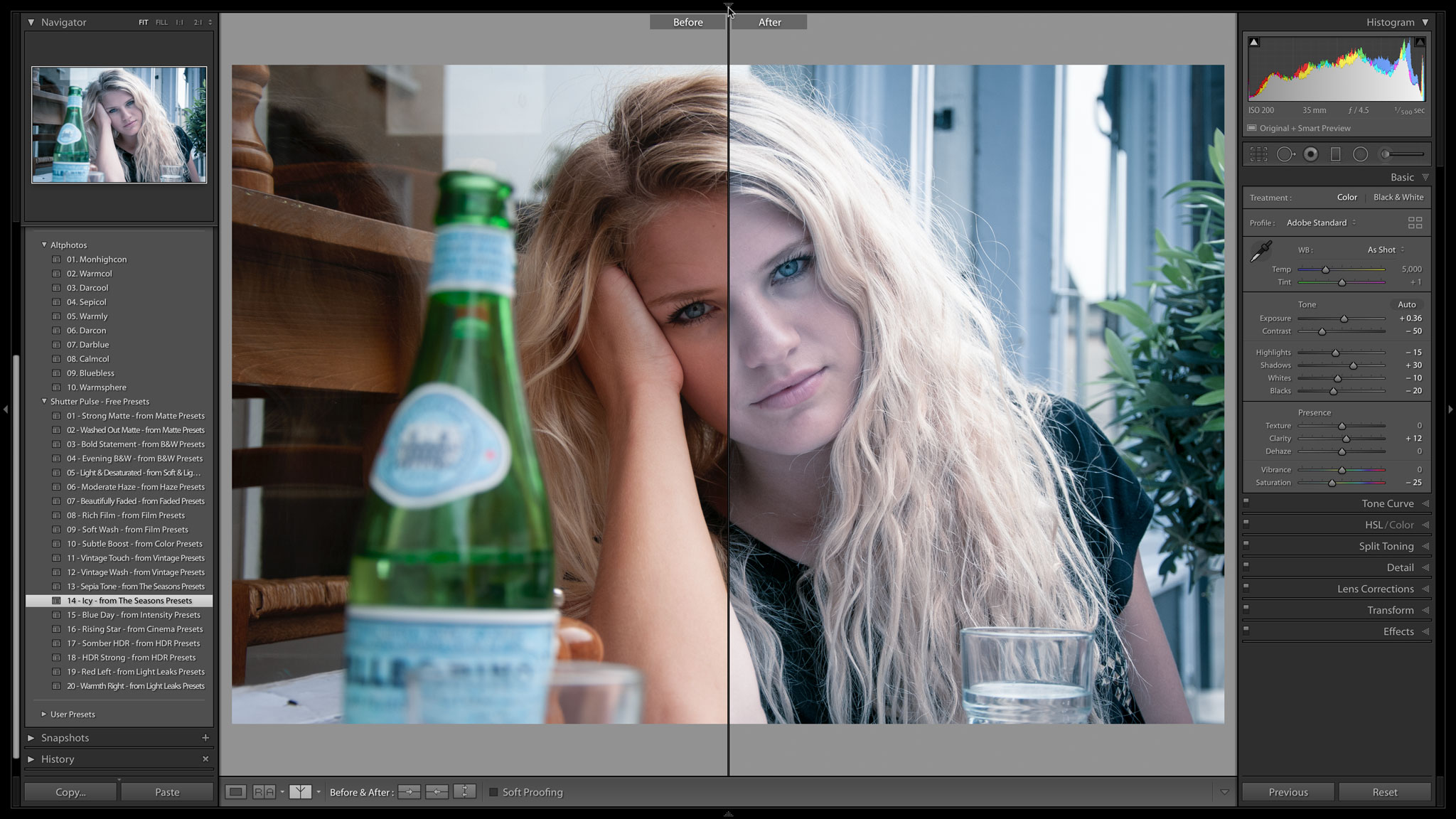
(opens in new tab)
Despite its immense power and constant steady improvements, Photoshop is slick and straightforward to use. Its support for selections, masks and layers is unmatched, making it the tool of choice for complex composite images. Despite its reputation for complexity, Photoshop actually offers a very clean, slick interface. Lightroom, meanwhile, takes care of all your image organizing, non-destructive editing, raw processing and preset effects. Lightroom Classic is the best option for regular 'desktop' editing, and while Lightroom offers cloud-based storage to make all your images available everywhere, on any device, it needs 1TB cloud storage, which doubles the cost of the Photography Plan. The latest updates in Lightroom use AI to 'intelligently' select subjects and skies in your images, and it's incredibly effective. Ultimately, while there is still a lot of resistance to Adobe's subscription model, it's being adopted by more and more rivals, and it is an extremely cost-effective route into software that was once prohibitively expensive.
Read more: Adobe Photoshop CC review (opens in new tab) | Adobe Lightroom Classic review (opens in new tab) | Adobe Lightroom review (opens in new tab)
• Best website builders for photographers
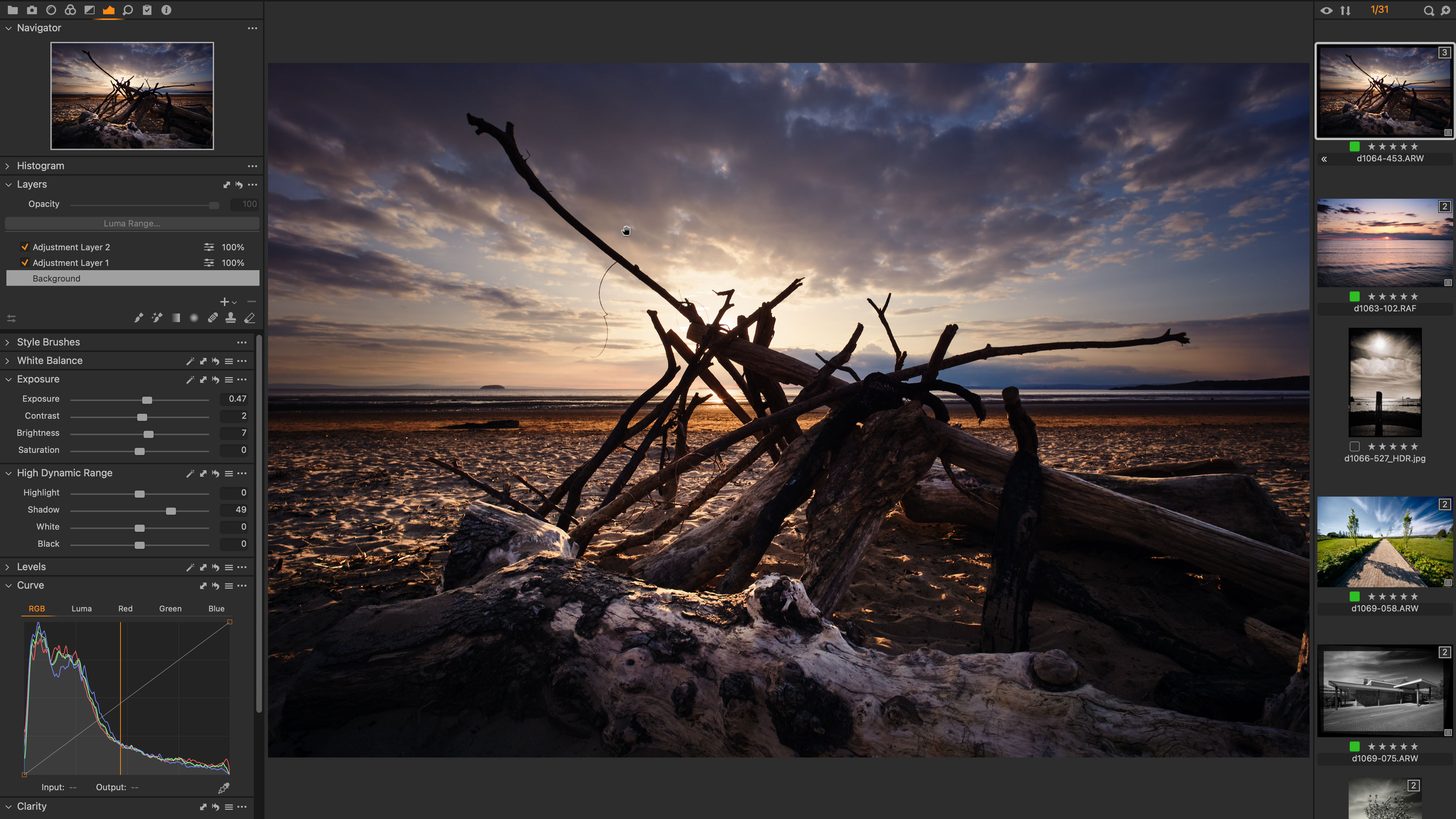
(opens in new tab)
Capture One looks expensive compared to Lightroom, but its strength lies in the quality of its raw processing and editing tools, the power of its layer-based local adjustments and its appeal for professional workflows. It works both as tethered capture and editing tool for studio photographers with a 'sessions' based workflow and as a Lightroom-style image cataloguing, searching and non-destructive editing tool. Capture One 2022 brings a new HDR merge feature – it works only on raw files but is extremely effective and natural looking – and a panorama merge feature too. Capture One works in a single window rather than in Lightroom-style 'modules' and has a highly customizable set of 'tool tabs'. One of the key differences is its layers-based local adjustment system which makes it much easier to see and edit your changes to your work, and this now includes 'parametric' linear and radial gradient masks which you can edit later. Capture One's raw processing is typically smoother and sharper than Adobe's too. The latest update brings support for Capture One's upcoming iPad edition.
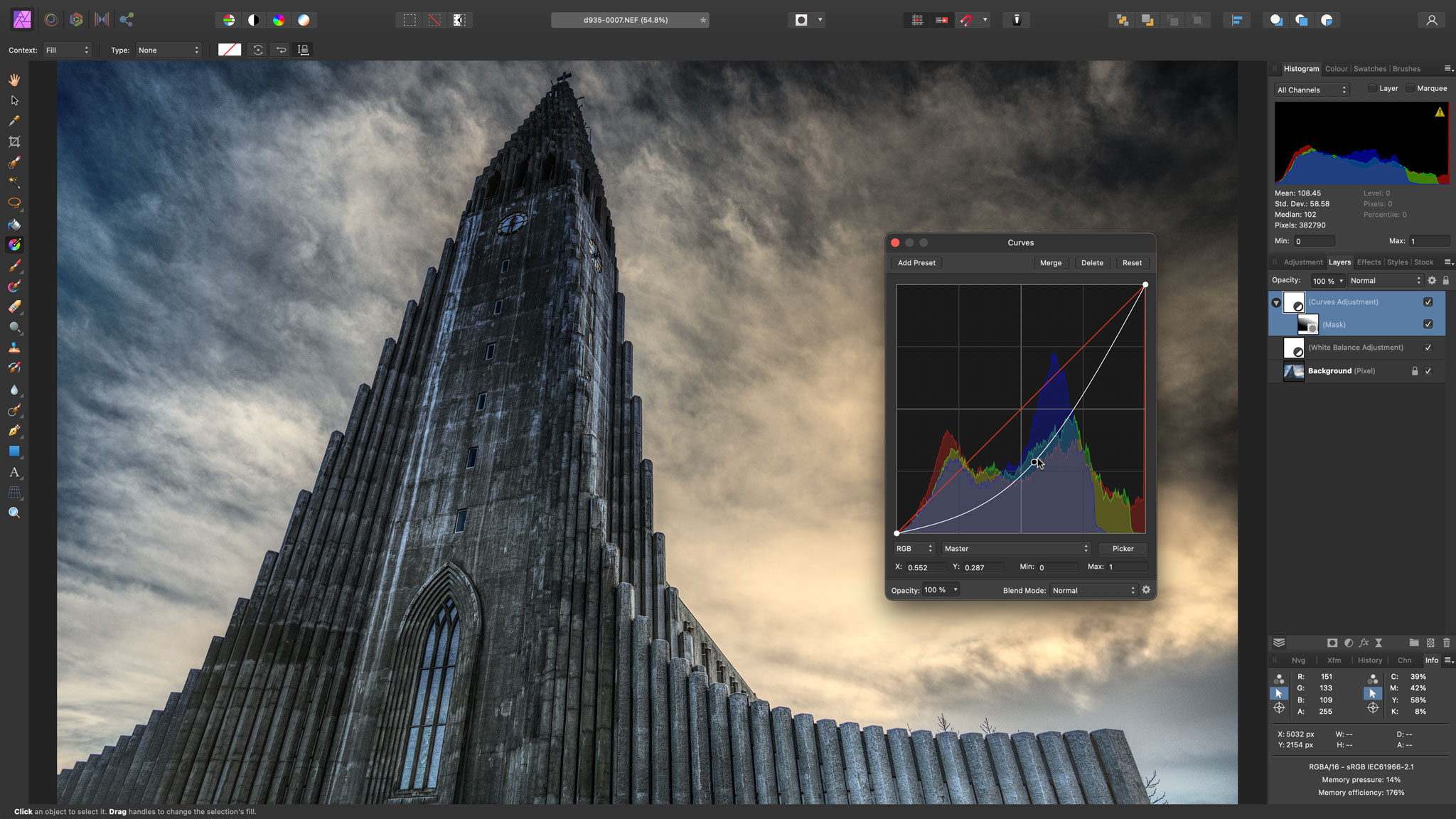
(opens in new tab)
We complain that there's too much Photoshop doesn't do, but the fact is for many photographers this kind of old-school image-editor is exactly what they need. And Affinity Photo gives you exactly the same thing, but subscription-free, via a single extra-low payment. Affinity Photo is sold at a budget price point, but it has the tools and the features and the power to compete with Photoshop head-on. It focuses particularly heavily on the retouching market, with cloning, healing and retouching tools, an Inpainting tool for automatic object removal and a dedicated Liquify persona (workspace) for localized image distortion effects. Affinity Photo is an extremely powerful photo editor with more tools and features than there's space to list here, from focus stacking and HDR tonemapping to high-end frequency separation. Now up to version 1.10, Affinity Photo has been steadily improved and evolved since its launch, but Affinity has yet to charge for any update.
Read more: Affinity Photo 1.8 review (opens in new tab)

(opens in new tab)
PhotoLab's real strength is its superb raw processing, amazingly effective DeepPRIME denoise tool (Elite edition only), excellent local image adjustments and highly effective (and automatic) lens corrections. The image quality produced by PhotoLab is second to none. On the downside, you'll need the more expensive Elite edition to get DxO's DeepPRIME and ClearView Plus features, and if you want to apply perspective corrections (once built into Optics Pro) you'll need the DxO ViewPoint add-on too. DxO has also added PureRAW (opens in new tab) to its software suite – a raw batch processing tool that turns regular raw files into 'Linear DNGs'. Other programs still treat these as raw files with all the tonal and color headroom you would expect, but they have DxO's superior demosaicing, noise reduction and lens corrections pre-applied. PhotoLab 5 at last brings compatibility with Fujifilm X-Trans files, plus a new selection/masking tool and more. It's neither cheap nor especially novice-friendly, but PhotoLab 5's results from raw files are amongst the best, if not THE best.
Read: DxO PhotoLab 5 review (opens in new tab)
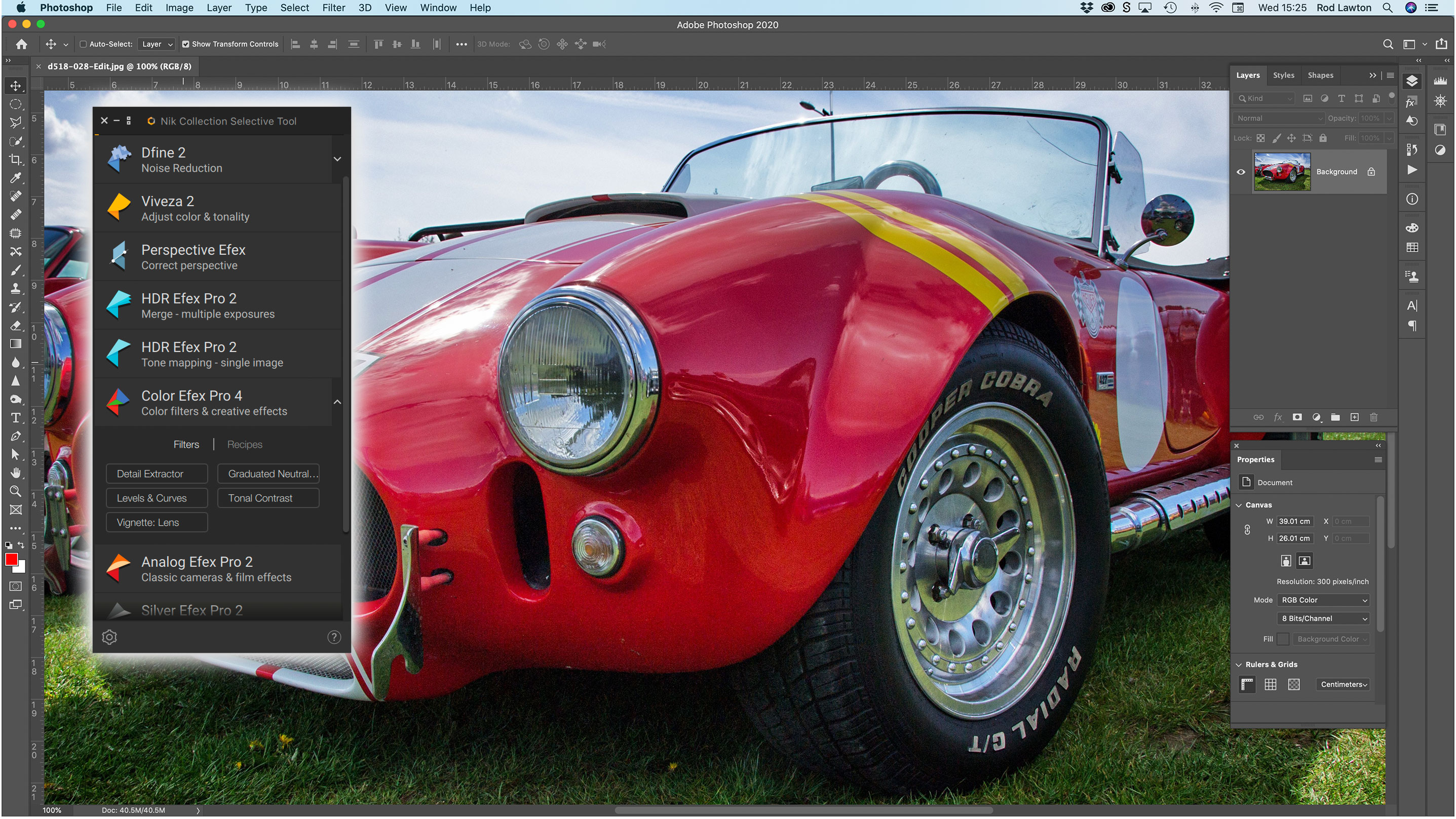
(opens in new tab)
Nik Collection 4 consists of eight separate plug-ins which can also be used as standalone programs. Analog Efex Pro is brilliant at analog/darkroom effects, while Color Efex Pro is a hugely powerful suite of filters for individual use or combined into 'recipes'. Silver Efex Pro remains the best digital black and white plug-in ever and is updated in this version with a fresh, modern interface, a new ClearView option and more powerful selective control points. Viveza gets the same treatment and is elevated from a relatively simple local adjustment tool into a much more powerful plug-in. HDR Efex Pro is pretty handy as an HDR merging/effects tool, and while Sharpener Pro and Dfine feel pretty dated now, they can still be useful for output sharpening and noise reduction respectively. And then there's Perspective Efex, DxO's most recent addition, which offers powerful lens and perspective corrections, tilt-shift effects and advanced wide-angle distortion correction. You can use the Nik Collection 4 plug-ins with Photoshop, Lightroom and from within DxO PhotoLab – or use them as external editors with other programs like Capture One.
Read more: DxO Nik Collection 4 review (opens in new tab)
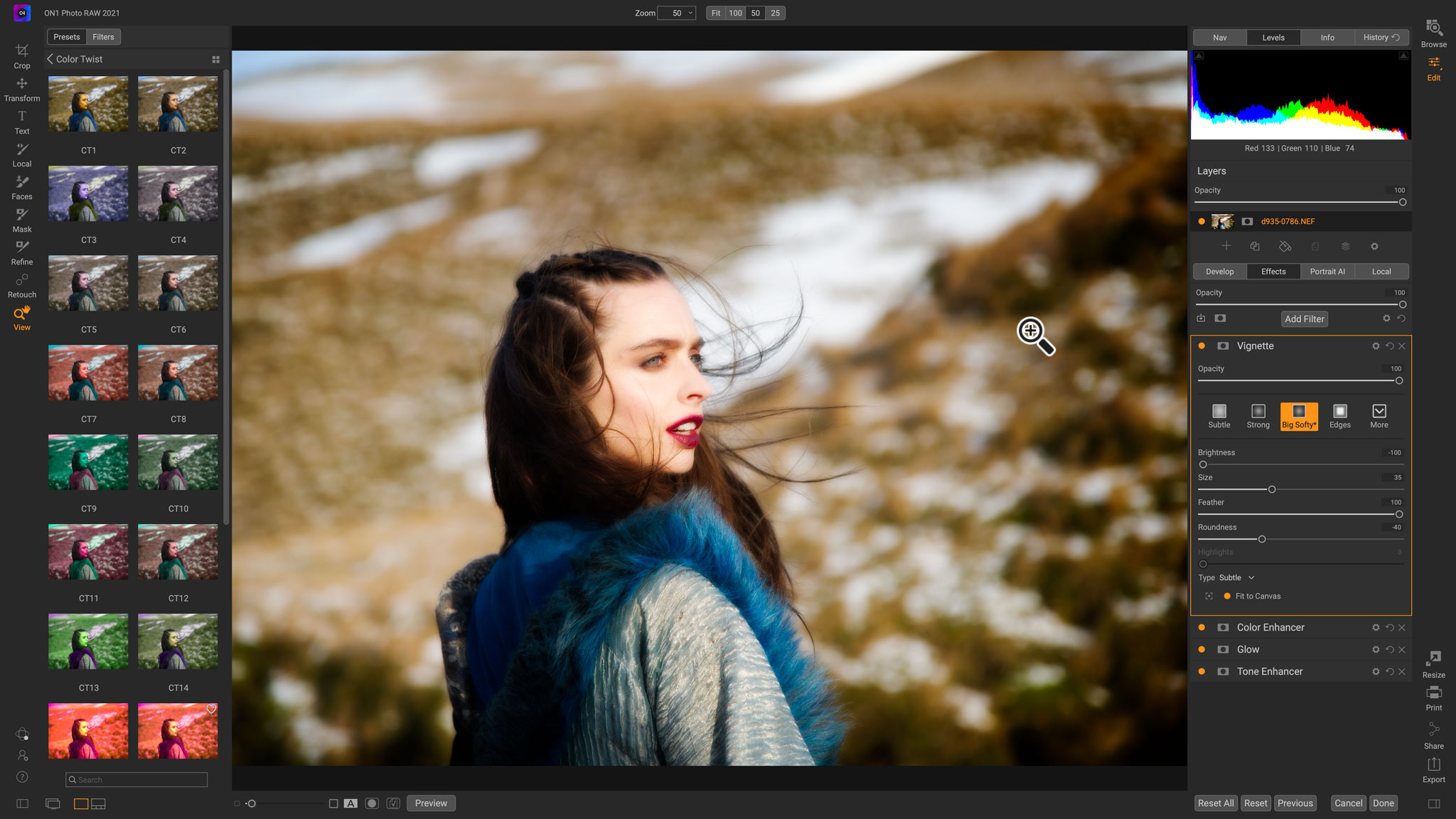
(opens in new tab)
ON1 Photo RAW is perhaps the single most complete solution of all the programs here, and the 2022 version is the best yet, with new Sky Replacement AI, the integration of ON1 NoNoise AI and, with the latest update, the integration of ON1 ReSize AI, previously sold separately. There's also an optional ON1 subscription service for Adobe style image sharing and synchronizing with mobile devices. ON1 Photo RAW 2022 has a built-in hybrid browsing and cataloguing module that gives you fuss-free exploring of your image folders but more powerful search tools if you need them. It has an Edit module with Develop, Effects, Portrait and Local (adjustment) panels, and the Effects module alone has a vast array of filters that can be adjusted, masked and combined in an infinite array of permutations. It pulls off a particularly amazing trick, incorporating layers, masking and compositing tools into its fully non-destructive workflow.

(opens in new tab)
Like ON1 Photo RAW 2022, Exposure X7 is a relatively little-known program that deserves a lot more recognition than it gets. It's a subtle, powerful and efficient all-in-one photo editing and browsing tool that specializes in analog film effects and comes with a huge library of simple one-click preset effects. It doesn't offer image layers (only adjustment layers), so you can't combine photos, but for many photographers that won't matter. Exposure X 7's strengths are its neat, simpler interface, some beautiful effects and presets and straightforward and effective tools. Like ON1 Photo RAW 2022, it also offers non-destructive adjustments and 'virtual copies' to try out lots of different looks for a single image without having to save additional files. The presets and analog looks are amazing, though Exposure X7's raw processing is not the best and it can be slow to render high-resolution images. It's worth looking out for periodic special offers, but its publishers have built this software for quality, not cheapness.
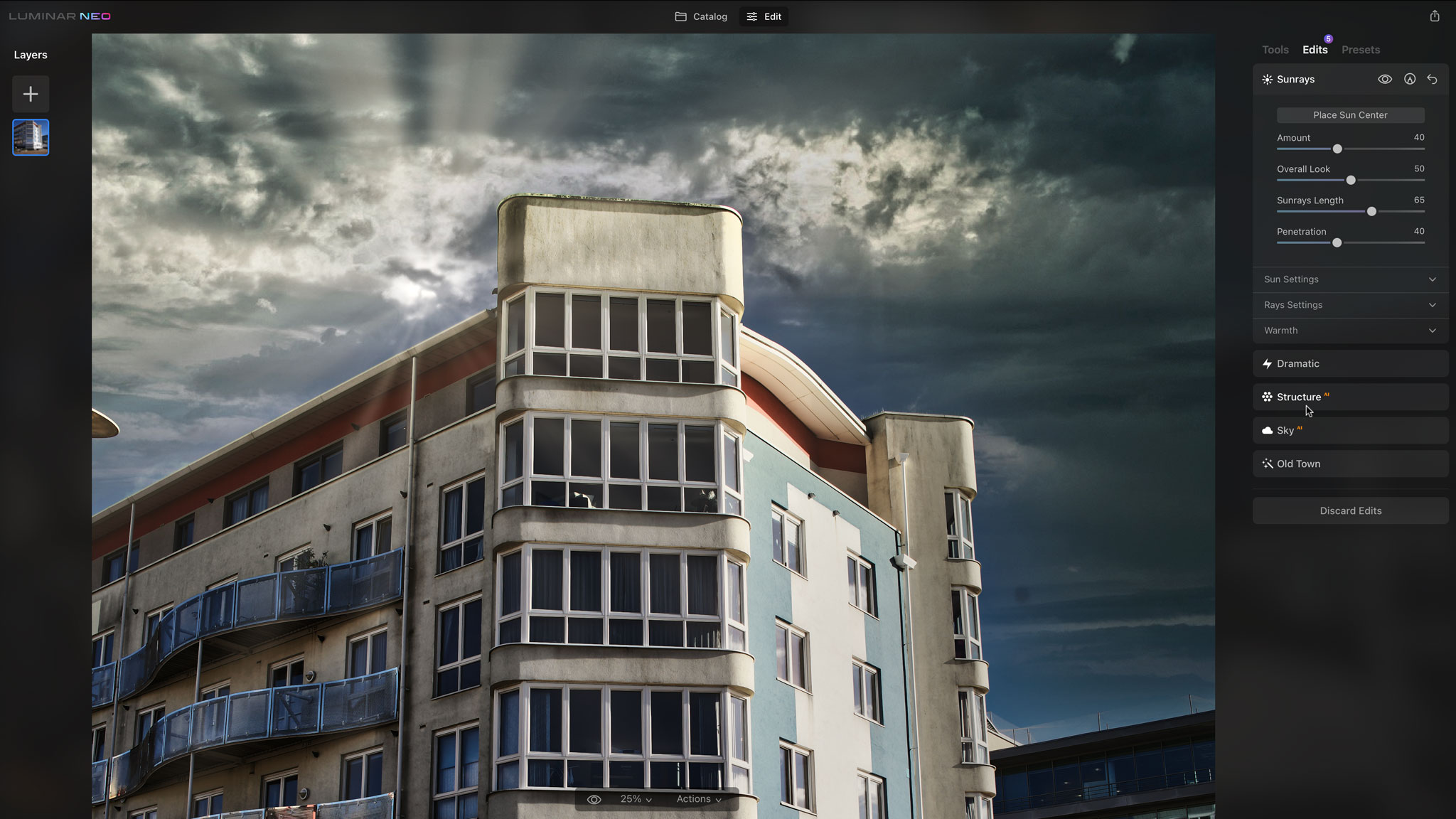
(opens in new tab)
We're lumping Luminar AI (opens in new tab) and Luminar Neo in together because although Skylum says then are different products, there's so much that's shared in the AI tech, tools and approach that we think users might see Neo as a development of previous Luminar versions rather than a new program. Luminar focuses heavily on AI effects and 'templates', automatically analyzing your images and suggesting some great looks. The AI Sky Replacement filter is quite exceptional (we used it for our image above), and its portrait enhancement tools are more subtle and effective than ever you'd expect in an all-round image editor. It can be used as a standalone program, or as a plugin with Photoshop CC, Lightroom Classic, or Apple Photos. We do think it's a shame that Skylum has stepped back from the more advanced approach in previous versions and placed so much faith in headline-grabbing AI tools. Brilliant as Luminar is, it does feel like a constantly changing work in progress.
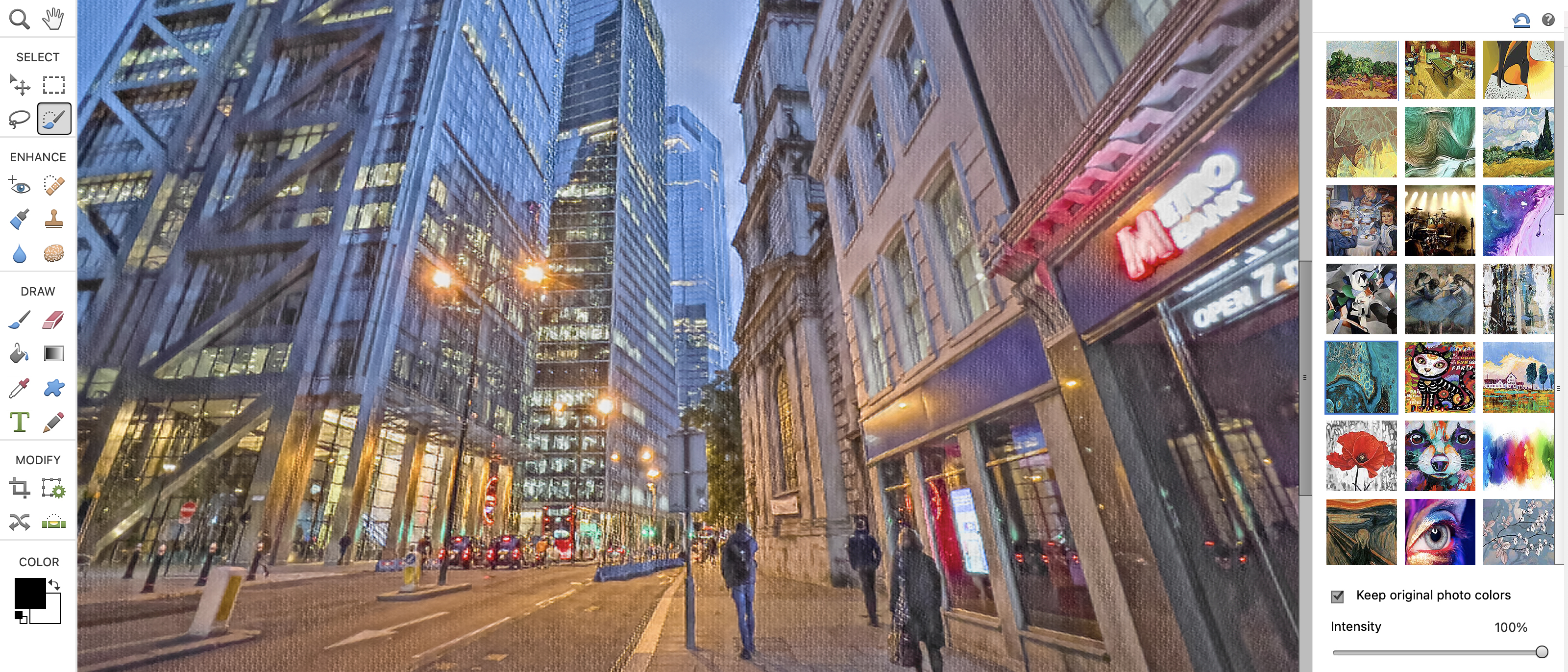
(opens in new tab)
So far, every program in this list has been a stellar performer perfect for its own particular audience. Can Photoshop Elements 2022 do the same for its core market of novice creators?. The Elements editor, which has an eLive mode for inspiration and tutorials, a Quick mode for fast and simple effects, a Guided mode with an ever-expanding list of effects walkthroughs (three more added in the 2022 version), and an Expert mode with the full range of tools. You can get Photoshop Elements on its own, or with Adobe Premiere Elements as a bundle – Premiere Elements does for video what Photoshop Elements does for photography. Elements 2022 is good value, but despite the increasing inclusion of Adobe Sensei AI technologies, its interface, its approach to editing and its Guided Edits all feel distinctly old-fashioned and limiting.
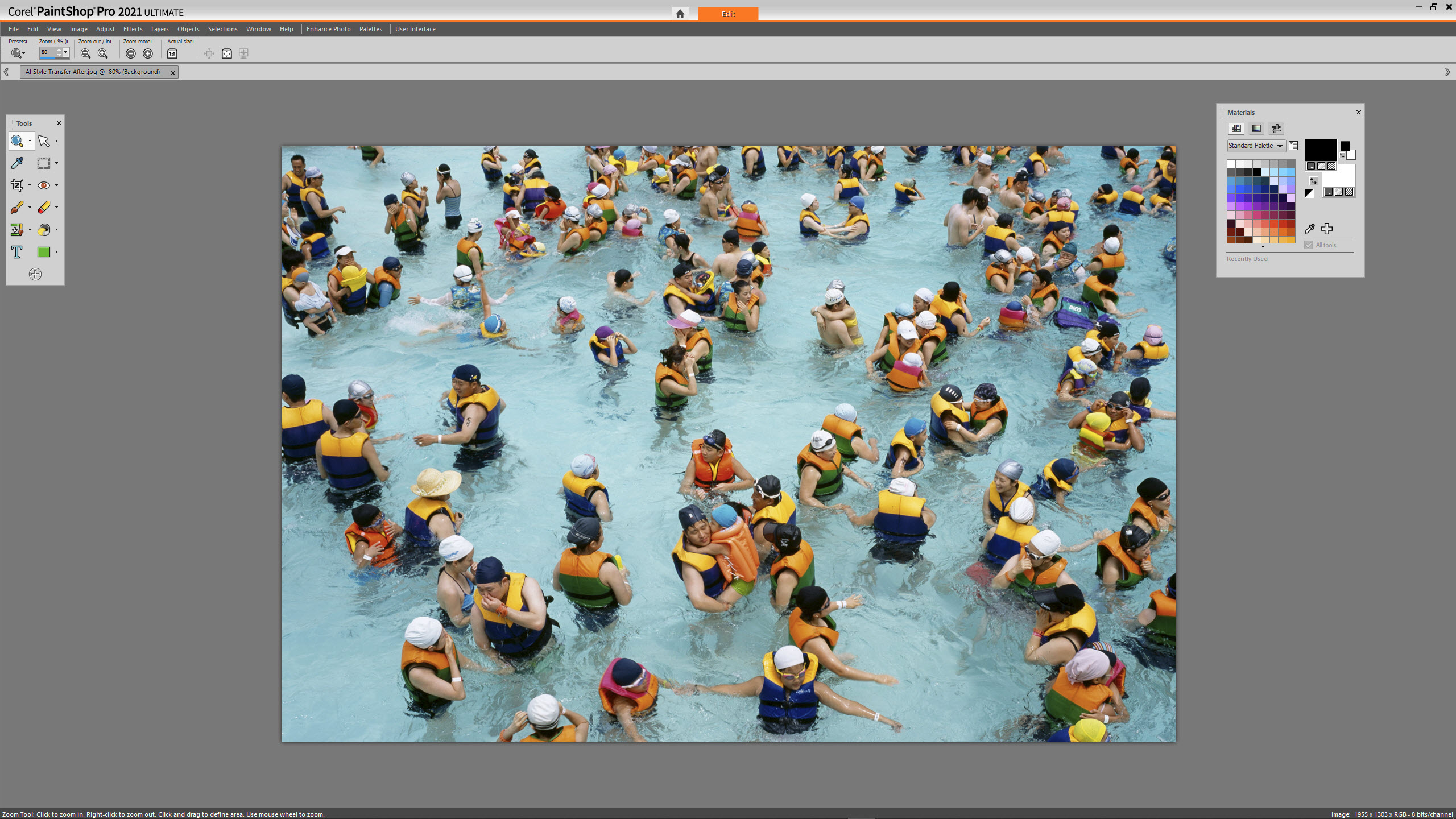
(opens in new tab)
PaintShop Pro 2022 builds on the upgrades in the previous release of the software to provide the best version to date. The price for the Ultimate version makes it a no-brainer over the standard version based on all the extras you receive for a small increase in price, but since this is Windows-only software Mac owners, unfortunately, miss out. It's an interesting alternative to Photoshop Elements, giving photo editing novices a helping hand to get started but also offering more advanced tools for the more experienced. Our main issue with Paint Shop Pro 2022 is that it feels like a 'me-too' program that cashes in on the latest trends without bringing anything new – and the sense that it's being developed mainly for its fanbase.
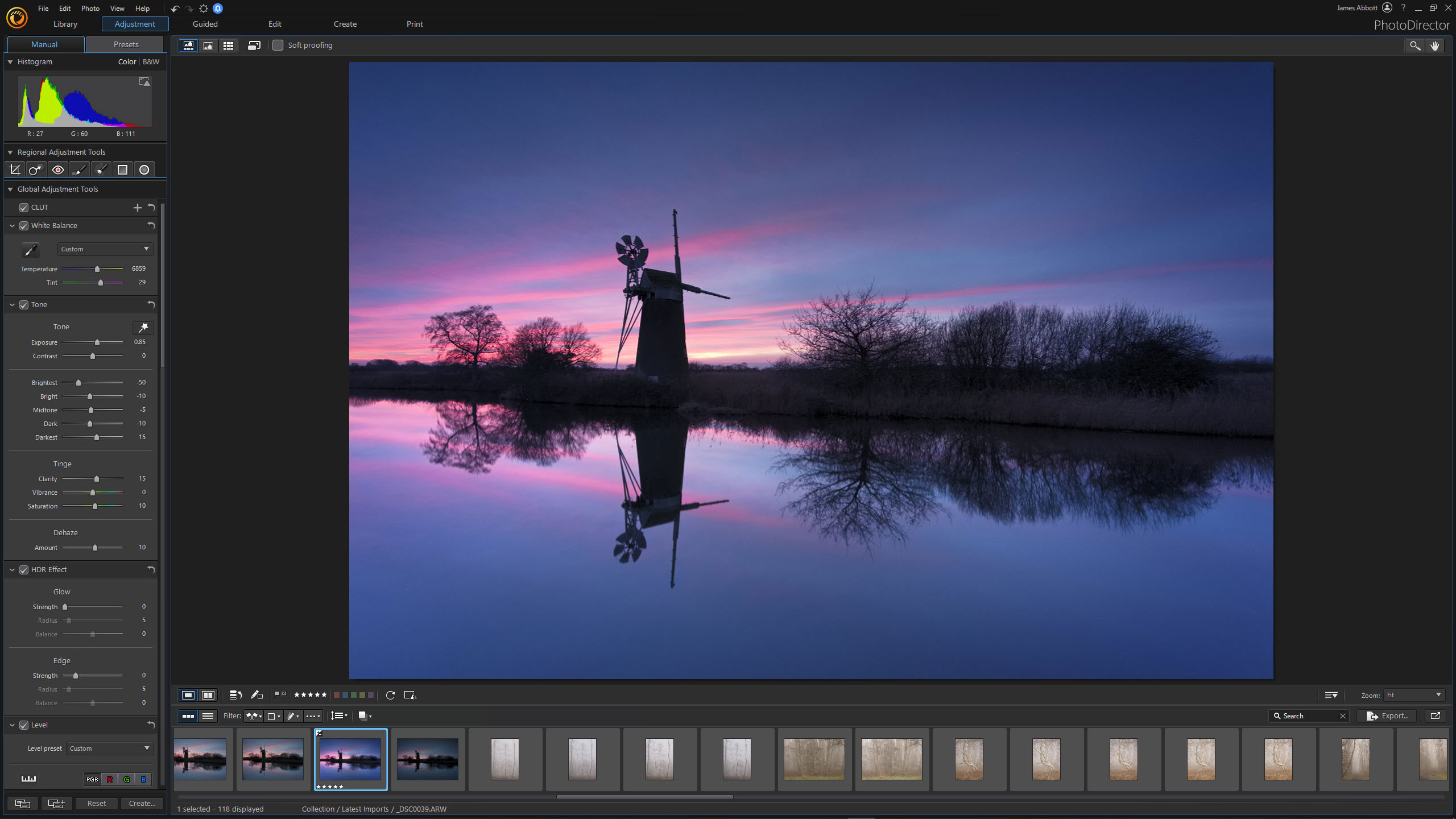
(opens in new tab)
If you're just getting started in photography, you may want photo organizing software that's relatively simple to get started with. In which case, take a look at CyberLink PhotoDirector, which has a friendly and approachable interface that beginners will find it easy to get on with. You can import photos or folders directly from your camera and organize them by categories, tags and keywords. There's also a capable face recognition tool. When it comes to editing your images, there are a bunch of preset filters as well as basic editing tools. There are also a range of guided edits, such as Dispersion Effect and Glitch Art, that novices looking to improve their pictures will appreciate. This is a great tool for visual experimenters, but probably not one for pro photographers.
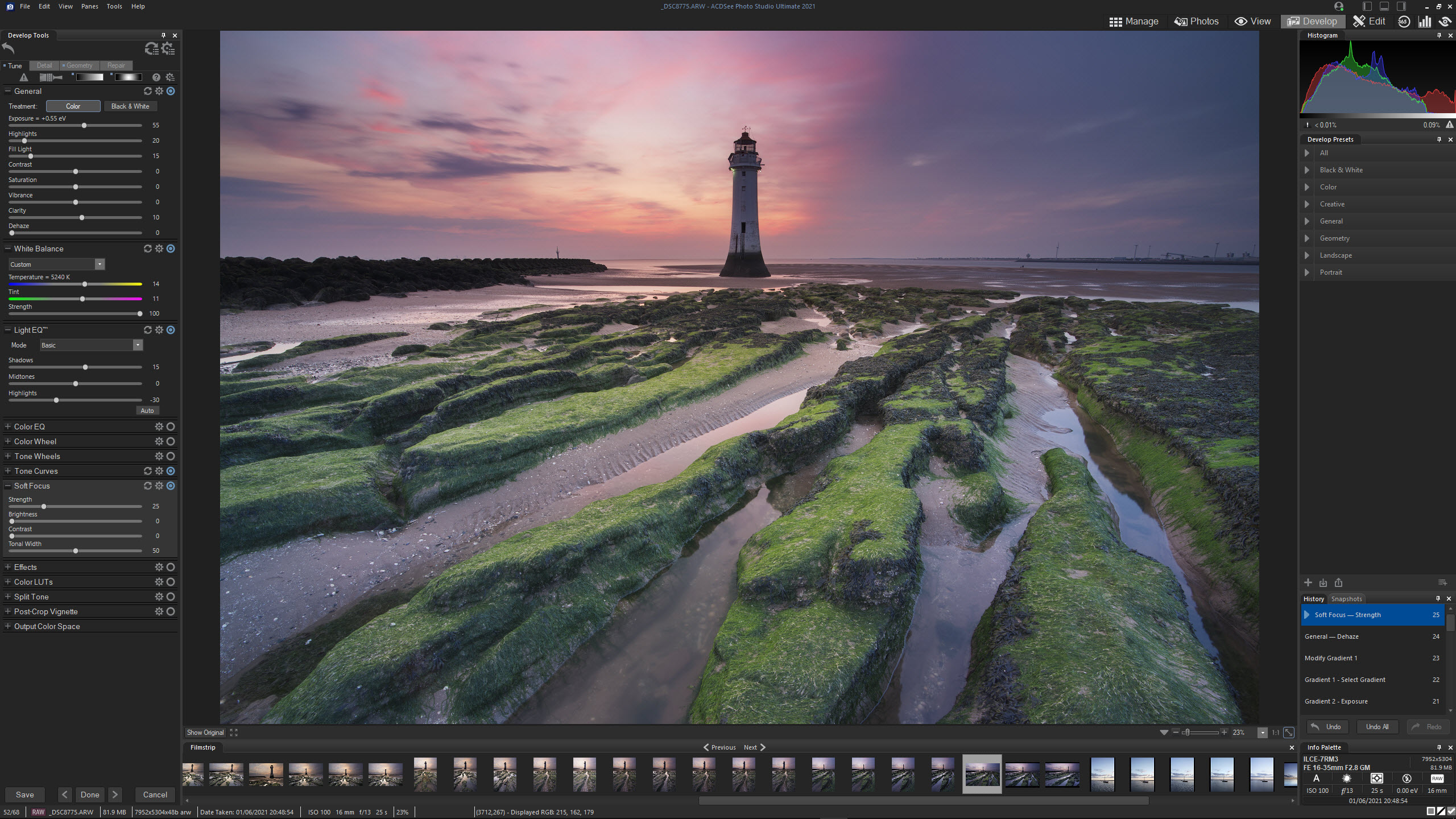
(opens in new tab)
There aren't many all-in-one image editing software options available, and perhaps there's a good reason for it; it's difficult to be great at everything. ACDSee Photo Studio Ultimate 2022 is fantastic at image cataloguing and raw processing but perhaps falls down with image editing despite offering layers, filters, masking and adjustment layers. However, it's well worth considering for the image management and raw processing functionality alone. The ACDSee 2022 edition adds a Media mode for streamlined digital asset management, and a People mode for AI-powered facial recognition. There are new selection tools, a new color wheel for 'surgical, pixel-based selections' and brush-on noise reduction. The ACDSee PhotoStudio interface is quite dense and complex, though, and likely to be off-putting to beginners. There is a Mac version called ACDSee Photo Studio for Mac 8, but this is a different product and it would be better, surely, if it was a single cross-platform program? ACDSee has also released a new Gemstone 12 photo editor, which is interesting but limited at the same time. We're not going to quarrel with ACDSee's value, though.
Read more: ACDSee Gemstone Photo Editor 12 review (opens in new tab)
How we test photo editing software, what we look for
Here are six factors we evaluate when testing (opens in new tab) photo editing software. Think of this as a checklist. You might not need all of these features, but we do take them into account in our reviews.
1. Powerful retouching, masking and compositing tools: This is traditional Photoshop territory, and if you need to create complex illustrations or carry out detailed retouching and repair work, a program like Photoshop (or Affinity Photo) is likely to be your first stop.
2. Image organizing and cataloguing tools: The more photos we take, the more organization they need. At the start of the digital imaging revolution the novelty of being able to edit images caught everyone's attention, but now the task of keeping images organized, searchable and shareable has become increasingly important.
3. Non-destructive editing: Do you have to process or 'develop' RAW files before you can edit them? In Photoshop you do, via Adobe Camera RAW, but an increasing number of rival programs offer seamless RAW processing alongside JPEG and TIFF images. What's more, you can 'roll back' or change your edits at any time.
4. High-quality raw processing: All RAW processing tools are NOT the same. Adobe's RAW processing (in Lightroom and Adobe Camera RAW) is used by millions, but the results certainly aren't the best. If RAW processing quality matters to you, then you'll want to know how well it works.
5. One-click creative presets: Very often, the problem for photographers is not knowing how to do something, but knowing WHAT to do. That's where programs with an extensive library of one-click presets can give you a real head-start, showing you how your images could look using adjustments you might not even have thought of.
6. Beginner friendliness: Software has certainly moved on and many photo editors are now much more novice-friendly than they used to be. The more technical photo editors on the market may offer more tools and give better results in expert hands, but if you're just starting out and you're baffled by all the jargon, a basic beginner-friendly program may be a much better choice than a more advanced one, even if, technically, it's not as good.
More guides:
Best free photo editors (opens in new tab)
The best photo-editing laptops (opens in new tab)
The best desktop computers for photo editing (opens in new tab)
Best recovery software for photos (opens in new tab)
X-Rite i1Studio review (opens in new tab)

Thank you for reading 5 articles this month* Join now for unlimited access
Enjoy your first month for just £1 / $1 / €1
*Read 5 free articles per month without a subscription

Join now for unlimited access
Try first month for just £1 / $1 / €1
Related articles
Source: https://www.digitalcameraworld.com/buying-guides/the-best-photo-editing-software
0 Response to "Good Easy to Use Photo Editing Software"
Post a Comment